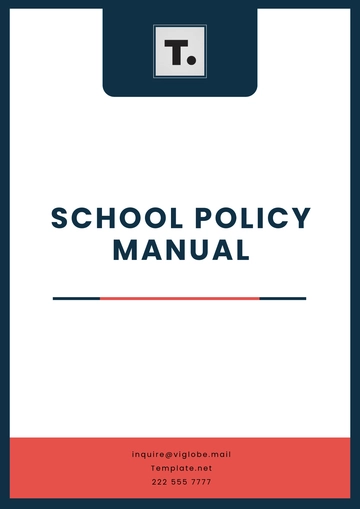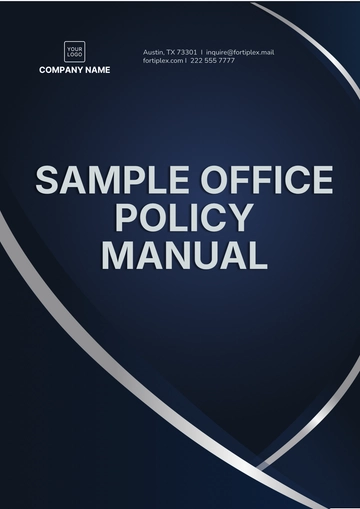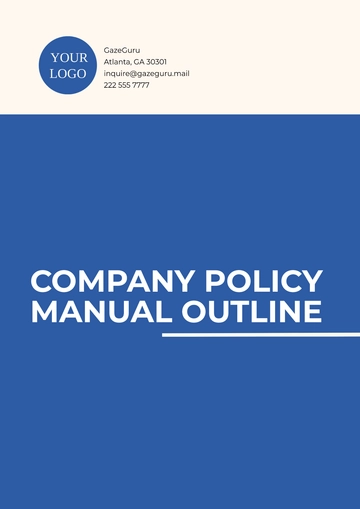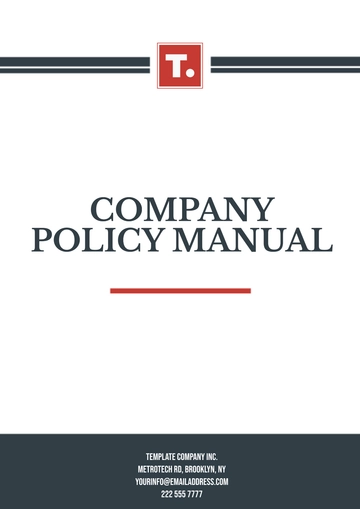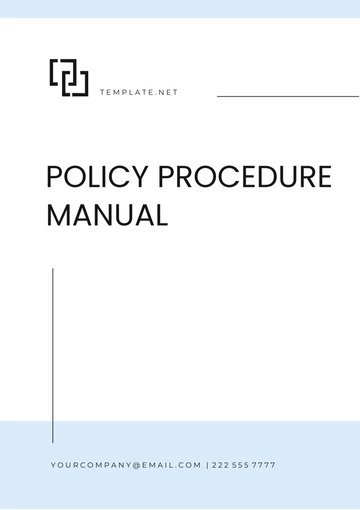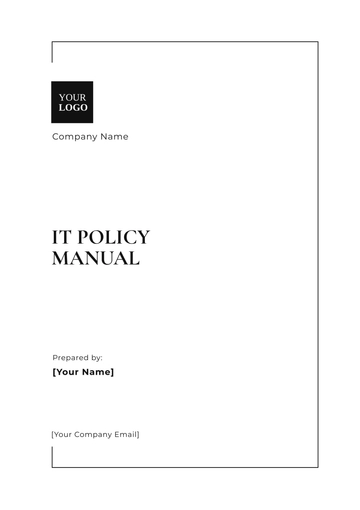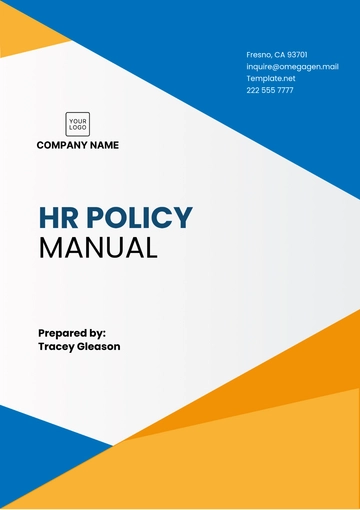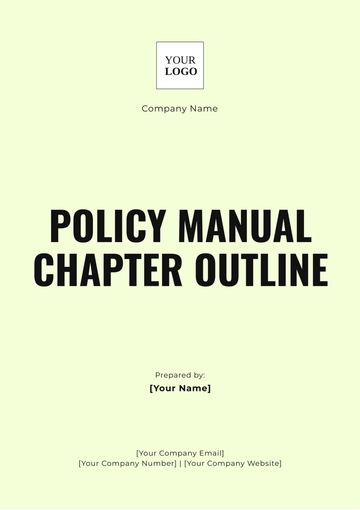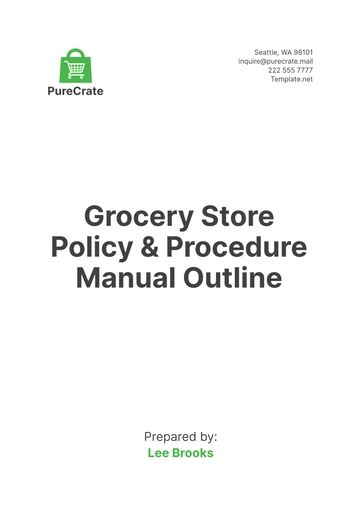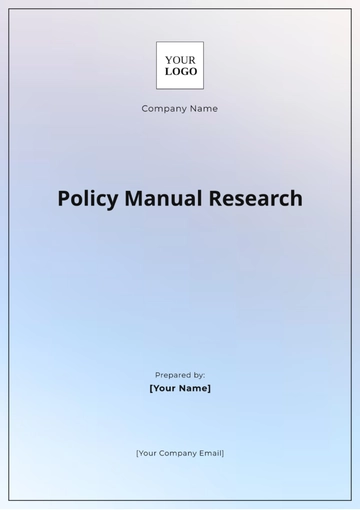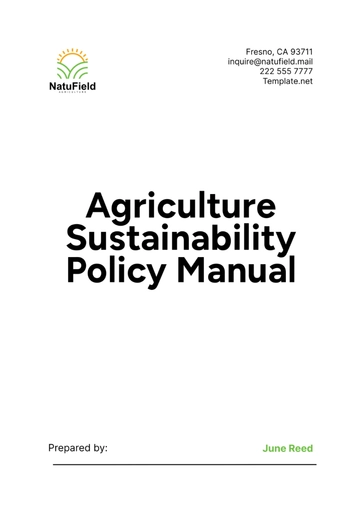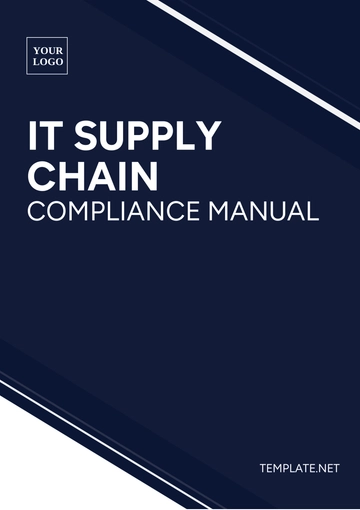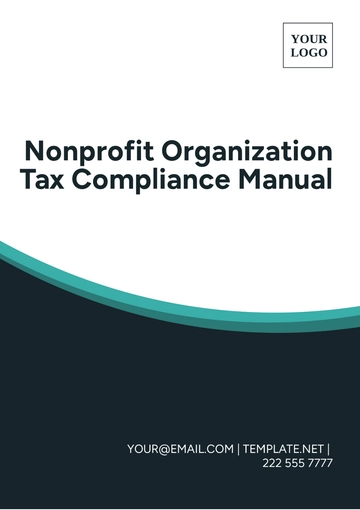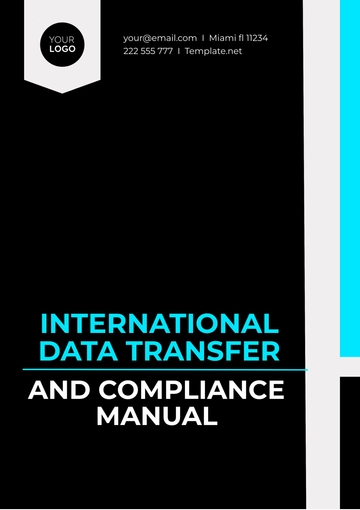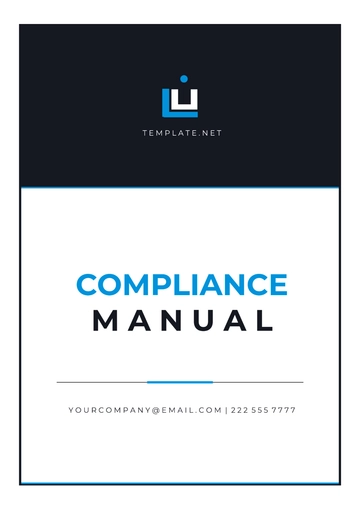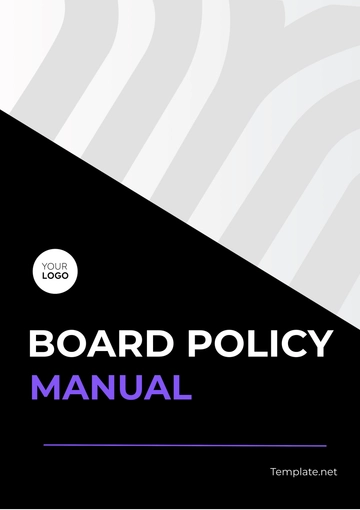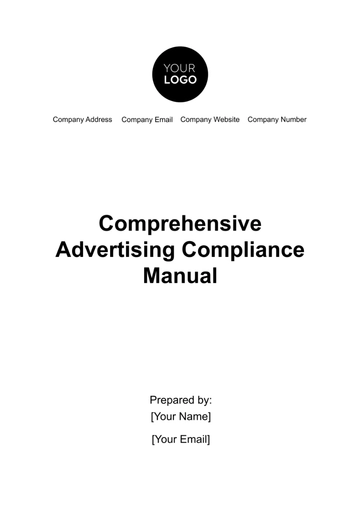Free Policy Research Manual
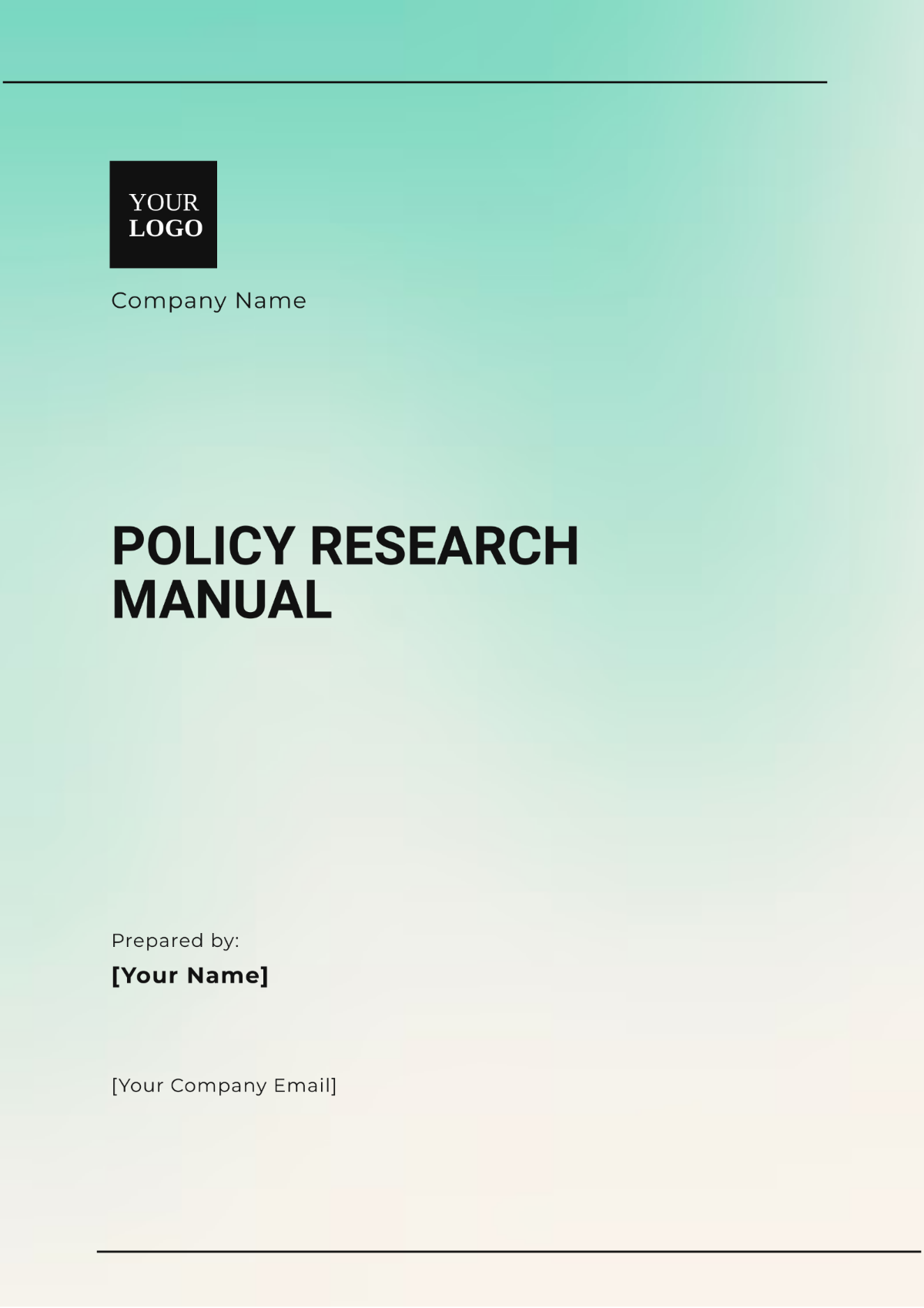
1. Introduction to Policy Research
1.1 Overview
Policy research involves systematically collecting, analyzing, and interpreting information to inform and influence public policies. It aims to provide evidence-based recommendations to policymakers for making informed decisions.
1.2 Importance of Policy Research
Informed Decision-Making: Ensures policies are based on solid evidence and data.
Accountability: Holds policymakers accountable for their decisions.
Public Impact: Directly affects the quality of public services and societal outcomes.
2. Research Methodology
2.1 Qualitative Methods
Interviews: Conducting one-on-one or group interviews to gather in-depth insights on topics such as healthcare reform or education policy.
Focus Groups: Facilitating discussions among diverse stakeholders to explore perceptions and attitudes, e.g., focus groups with teachers on education policies.
Case Studies: Detailed examination of specific instances such as a successful public transportation initiative in a city.
2.2 Quantitative Methods
Surveys: Designing and administering surveys to collect numerical data on public opinion about new tax policies.
Statistical Analysis: Applying statistical techniques to analyze data and identify trends, such as analyzing the impact of minimum wage increases on employment rates.
2.3 Mixed Methods
Combining qualitative and quantitative approaches to provide a comprehensive understanding of issues like the effectiveness of a new healthcare program.
3. Data Collection
3.1 Sources of Data
Primary Data: Collected directly from participants through surveys, interviews, and observations. For instance, primary data could be gathered from a survey of small business owners about regulatory impacts.
Secondary Data: Existing data from reports, academic journals, and government publications. For example, using data from the U.S. Census Bureau for demographic analysis.
3.2 Sampling Methods
Sampling Method | Description |
|---|---|
Random Sampling | Ensuring every individual has an equal chance of being selected, e.g., randomly selecting survey participants from a national list of voters. |
Stratified Sampling | Dividing the population into subgroups, such as age or income groups, and sampling from each subgroup to ensure diverse representation. |
3.3 Data Collection Tools
Tool | Purpose | Example |
|---|---|---|
Surveys and Questionnaires | Gathering quantitative data | Online survey platform like SurveyMonkey |
Interview Guides | Structured questions for qualitative interviews | Questions about employee satisfaction in a new company policy |
4. Data Analysis
4.1 Statistical Analysis
Analysis Type | Purpose | Example |
|---|---|---|
Descriptive Statistics | Summarizing data using measures such as mean, median, and standard deviation | Average response scores from a survey on healthcare access |
Inferential Statistics | Making predictions or inferences about a population based on sample data | Predicting the effects of policy changes on future employment rates |
4.2 Thematic Analysis
Identifying and analyzing patterns or themes within qualitative data, such as recurring themes in interviews about the impact of urban development on local communities.
4.3 Interpretation
Drawing conclusions from data analysis and relating findings to research questions and policy implications, such as recommending adjustments to a public health program based on survey results.
5. Policy Evaluation
5.1 Evaluation Frameworks
Framework | Description | Example |
|---|---|---|
Logic Models | Visual representations of how program activities lead to desired outcomes | A model showing how a job training program leads to increased employment |
Cost-Benefit Analysis | Comparing the costs and benefits of policy options | Analyzing the economic benefits of a new environmental regulation compared to its implementation costs |
5.2 Performance Measurement
Measurement Type | Purpose | Example |
|---|---|---|
Indicators | Assessing how well a policy is achieving its objectives | Measuring the success of an anti-smoking campaign through reduced smoking rates |
Benchmarks | Setting standards for comparison | Comparing air quality before and after implementing a new environmental policy |
6. Report Writing
6.1 Structure
Section | Description | Example |
|---|---|---|
Executive Summary | Brief overview of the research objectives, methods, findings, and recommendations | Summarizing the findings of a study on the impact of educational technology in classrooms |
Introduction | Background information and research objectives | The need to assess the effectiveness of recent tax reforms |
Methodology | Description of research methods and data collection techniques | Use of surveys and interviews to gather data |
Findings | Presentation of research results | Statistical analysis of survey data on public attitudes towards climate change policies |
Discussion | Interpretation of findings and implications for policy | How results support or challenge current policy approaches |
Recommendations | Suggested actions based on research results | Proposing new policies for improving public transportation |
Conclusion | Summary of key points | Reinforcing the main findings and recommendations |
6.2 Presentation
Type | Purpose | Example |
|---|---|---|
Charts and Graphs | Visual representations of data | Bar graphs showing changes in public opinion over time |
Tables | Organized data for easy reference | Table comparing different policy options and their expected outcomes |
7. Ethical Considerations
7.1 Confidentiality
Ensuring participants' information is kept private and secure, such as anonymizing survey responses.
7.2 Avoiding Bias
Maintaining objectivity and avoiding personal or professional biases, such as ensuring diverse perspectives are included in policy research.
7.3 Integrity
Ensuring accuracy and honesty in reporting research findings, including transparent reporting of data sources and methodology.
8. Appendices
8.1 Research Proposal Template
Section | Details |
|---|---|
Title | Assessment of the Impact of Renewable Energy Policies on Urban Air Quality |
Objectives | To evaluate how recent renewable energy policies have affected air quality in major cities. |
Methodology | Mixed methods including surveys of residents and analysis of air quality data. |
Timeline | 6-month project including data collection, analysis, and report writing. |
Budget | $50,000 for data collection, analysis, and reporting. |
8.2 Survey Instrument
Question | Response Options |
|---|---|
How satisfied are you with the current renewable energy policies? | Very satisfied, Somewhat satisfied, Neutral, Somewhat dissatisfied, Very dissatisfied |
Have you noticed changes in air quality in your area? | Yes, No, Not sure |
8.3 Data Analysis Spreadsheet
Variable | Description |
|---|---|
Survey Responses | Participant answers to survey questions |
Air Quality Indices | Measurements of air quality before and after policy implementation |
Policy Implementation Dates | Dates when renewable energy policies were enacted |
- 100% Customizable, free editor
- Access 1 Million+ Templates, photo’s & graphics
- Download or share as a template
- Click and replace photos, graphics, text, backgrounds
- Resize, crop, AI write & more
- Access advanced editor
Use Template.net's editable Policy Research Manual Template to provide precise standards for policy research. Add sections on research methodologies, data management, analytical strategies, and reporting standards by customizing it using our AI editing tool. Provide a thorough guidebook to assist researchers and guarantee uniformity in the methods used in policy research.




